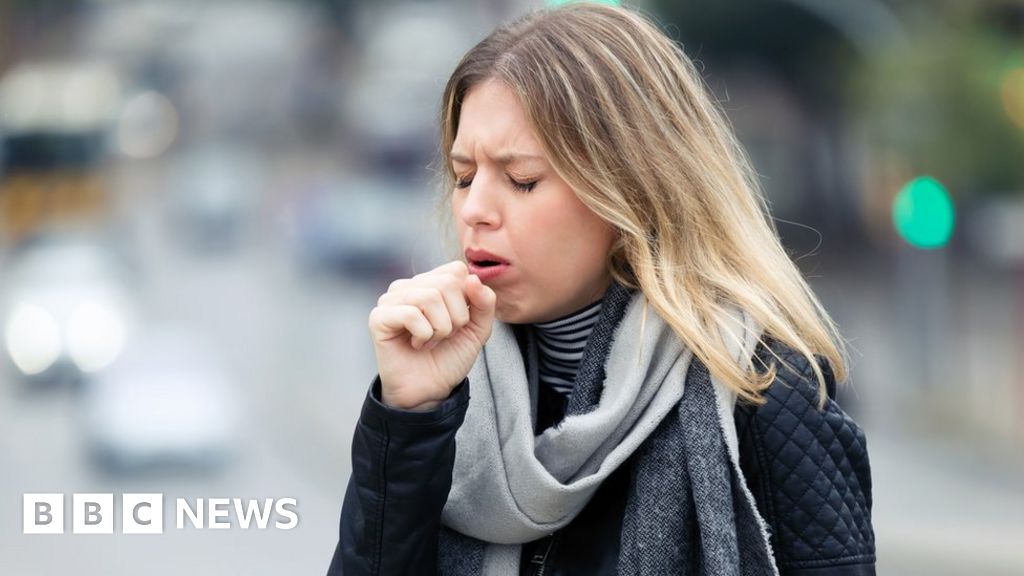
Research that began in the 1930s showed that when someone coughs, most of the droplets they release either evaporate or fall to the ground within about one metre.
The guidance essentially means that the further you're apart, the safer you ought to be but it's not distance alone that matters.
Being outside carries the least risk because any virus released by someone infected will be diluted in the breeze.
But inside, where there isn't much fresh air and where people might be close together for longer, the chances of becoming infected are obviously greater.
Scientists investigating the infections reached a conclusion about the most likely route of transmission: that droplets containing the virus - released by the infected person - were circulated by air conditioning.
This is not proof that the virus can be spread this way but the research certainly suggests that it is a plausible route.
In one scenario, someone at a corner table coughs without covering their mouth and releases droplets and particles that are projected through the air.
The result is similar to what's thought to have happened in the restaurant in Guangzhou: tiny droplets and particles are spread to people at other tables.
That depends on whether the virus is still active after being blown across the room and on whether the person receiving it gets a large enough "dose" - but the possibility of infection can't be ruled out.
According Kevin Van Den Wymelenberg, professor of architecture at the University of Oregon, who led the study, the virus "can be spread further than people might realise".
The Oregon team simulated another scenario in the same restaurant in which there's an open window beside the person who coughs and an extractor vent on the opposite wall.
This time the cloud of droplets and particles is not pushed around the room but instead travels in a fairly direct line from window to vent with the result that fewer people are caught in it.
"And if you're inhaling enough of that air to smell it, then you're close enough to inhale any virus that's also carried in the air with it."
It's also highlighted a second route - surfaces - in which a person who's infected passes on the virus through contact either directly by shaking hands or by exhaling over surfaces like kitchen worktops